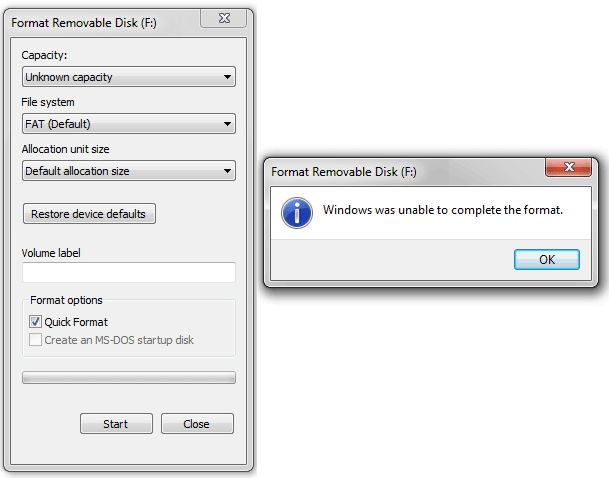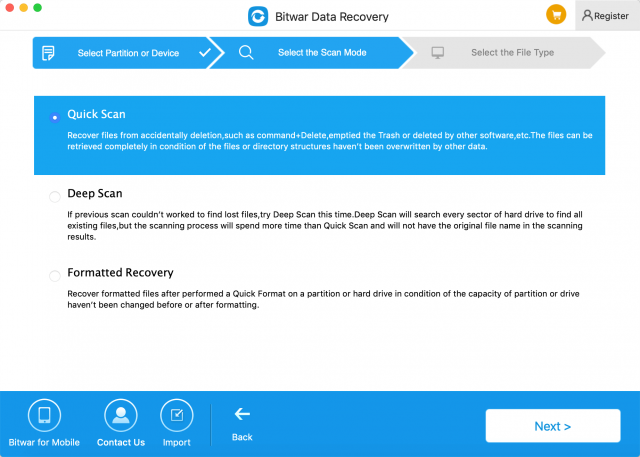
You should then be able to remount the device read-only and ensure a consistent state. If you are unlucky, focus only on processes with files open for writing: lsof +f - /dev/ | awk 'NR=1 || $4~/+/' Mount -o remount,ro /dev/device is guaranteed to fail if there are files open for writing, so try that straight up. The data is in a consistent state, should you need to physcially disconnect the device.All pending data has been written to disk.When you gain the remount,ro badge, you know that: The major unmount achievement to be unlocked is the read-only remount. Then any new accesses to filenames in the below the mountpoint will hit the newly overlaid directory with zero permissions - new blockers to the unmount are thereby prevented. This same behaviour can be achieved by mounting an empty directory with permissions 000 over the directory to be unmounted. The useful behaviour of umount -l is hiding the filesystem from access by absolute pathnames, thereby minimising further moutpoint usage.


At the time of writing, the top-voted answer recommends using umount -l.


 0 kommentar(er)
0 kommentar(er)
